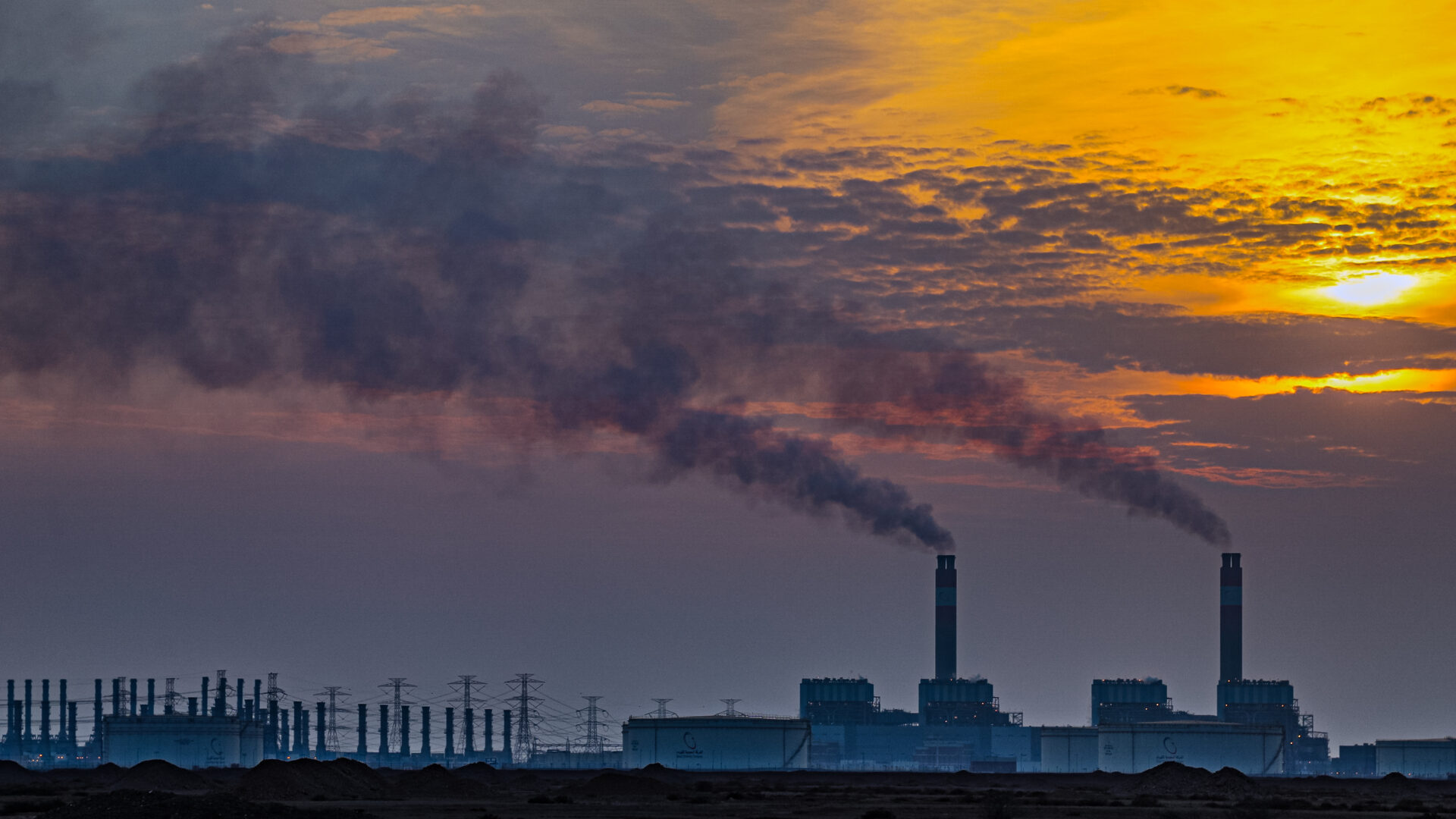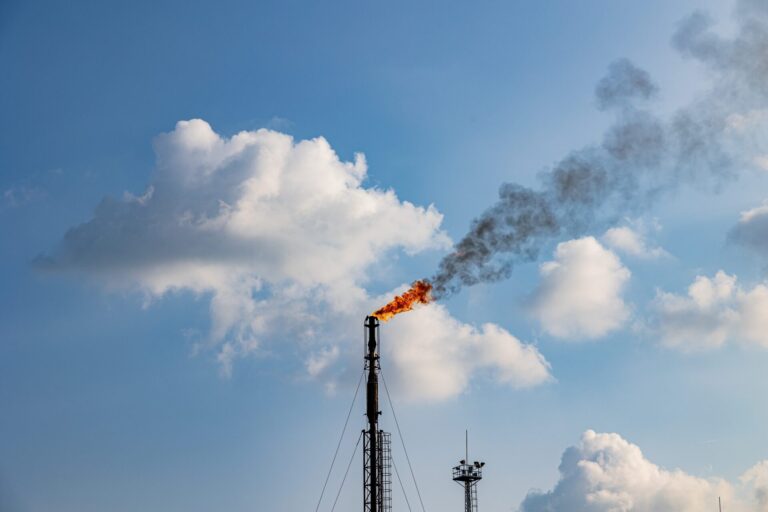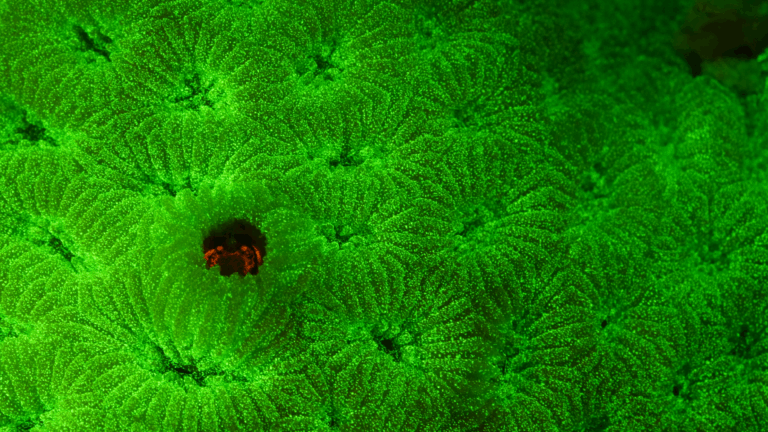Bioscience | Environmental Science and Engineering | Marine Science
Sediments reveal core stressors on Red Sea ecosystems
Analyses of sediment cores highlight declining nutrient availability and increased trace metal pollution in the Red Sea.

Over the past 200 years, industrialization and population growth have fueled considerable environmental challenges worldwide, including global warming and increasing pollution levels. Now, using seabed sediment cores, KAUST researchers have demonstrated how human activities have dramatically influenced nutrient availability and metal deposits in the Red Sea over recent centuries.[1]
“The lack of river input and low precipitation levels in the Red Sea mean that sources of materials in the seabed sediments originate only from biota and chemical precipitates. This is ideal for examining human impacts using sediment cores,” says Chunzhi Cai, Ph.D. candidate under the supervision of Susana Agusti. Both worked on the study with Antonio Delgado Huertas from the Instituto Andaluz de Ciencias de la Tierra, Armilla, Spain.
The Red Sea is one of the world’s warmest ocean basins and provides a valuable model for monitoring the impact of ocean warming. The researchers sampled cores from the deep seabed and analyzed the concentrations of 15 elements and their accumulation rates over the last 500 years.
“Marine sediments serve as a temporal archive, preserving a record of environmental shifts over time,” says Agusti. “Analyzing radioisotopes in the cores helped us date the strata accurately.”
They found that the Indian Ocean acts as the Red Sea’s primary source of nutrient elements, such as organic carbon, nitrogen and phosphorus, and also trace metals including iron, copper and zinc. However, since the onset of the second Industrial Revolution (post-1870s), there has been a significant drop in both nutrients and trace metal deposits in the southern Red Sea, suggesting reduced inflow from the Indian Ocean.
“This is likely due to ocean stratification caused by increased greenhouse gas emissions and resulting warming,” says Cai. “A warmer surface layer in the water column can disrupt the flow of nutrients from below, thereby affecting marine life and ecosystem health.”
Conversely, there was a rapid rise in accumulation rates for all nutrients and trace metals in the northern Red Sea since 1870, coinciding directly with the opening of the Suez Canal and increasing human activities along the coasts, including oil exploration. Excessive levels of metals like copper can restrict key biological processes in corals, for example, further exacerbating stress on reefs.
“To encapsulate the escalating thermal stress, nutrient depletion and elemental pollution across the Red Sea, we’re calling this the ‘Cai-Agusti Marine Crisis Conflux’,” says Cai. “We hope our research will encourage countries bordering the Red Sea coast, including Saudi Arabia, to embrace cleaner technologies and minimize pollutant discharge. Our findings are also relevant internationally, further highlighting the plight of our oceans under global warming.”
Cai hopes to apply this research to the Gulf of Mexico, another enclosed ocean environment similar to the Red Sea in terms of nutrient availability and anthropogenic pressures.
Reference
- Cai, C., Huertas, A.D. & Agusti, S. Declining nutrient availability and metal pollution in the Red Sea. Nature Communications Earth & Environment 4, 424 (2023).| article
You might also like

Environmental Science and Engineering
Combat climate change by eliminating easy targets

Marine Science
Tiny crabs glow to stay hidden

Marine Science
Mass fish deaths linked to extreme marine heatwave in Red Sea

Environmental Science and Engineering
Wastewater treatment to fight the spread of antibiotic resistance

Bioengineering
High value harvests from designer algae

Marine Science
Weeding out the secrets of Red Sea macroalgae

Bioscience
Digging into the world of plant-growth-promoting microbes

Bioengineering




